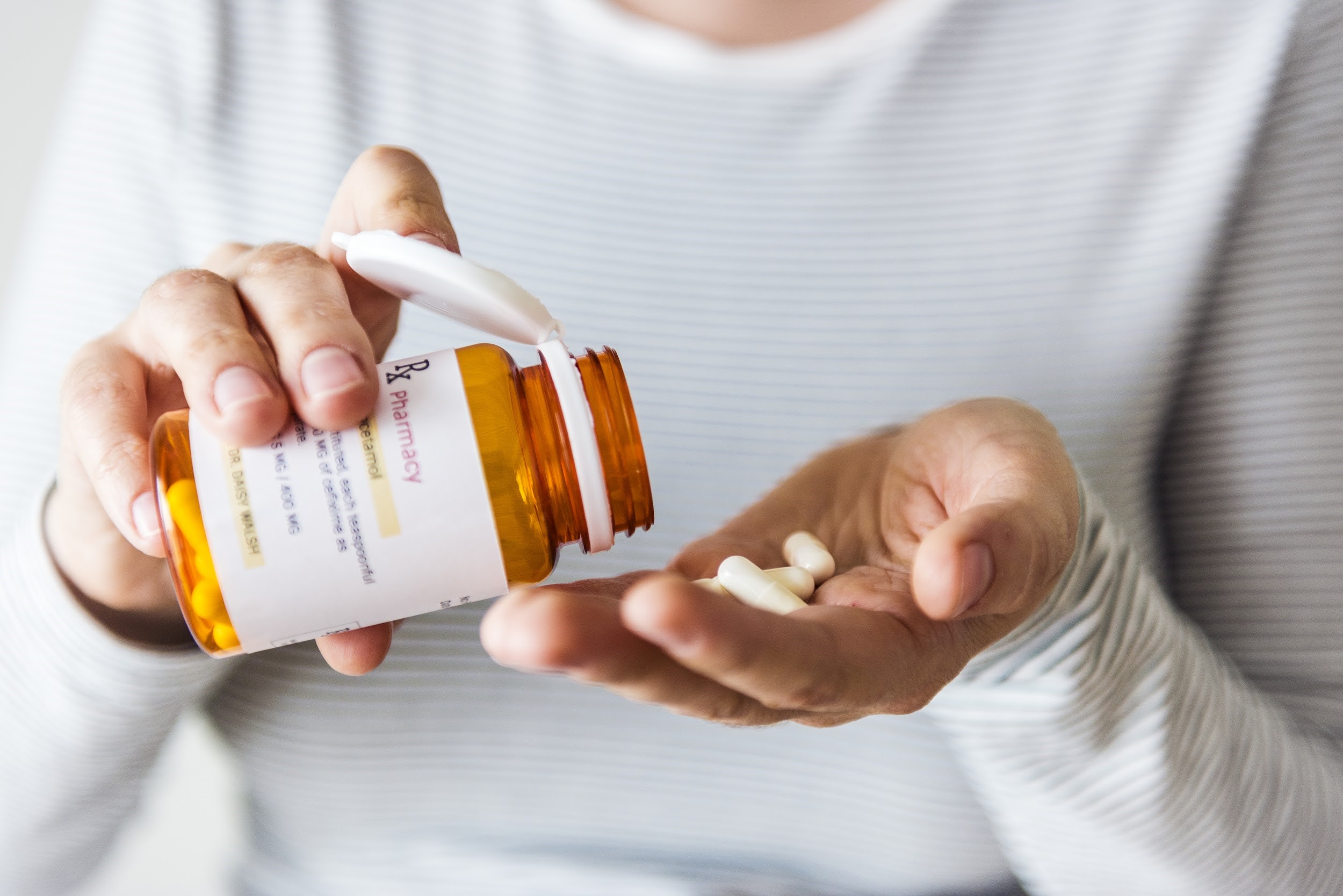Parnate (tranylcypromine) is a potent monoamine oxidase inhibitor (MAOI) used to treat major depressive disorder (MDD) in patients who have not responded well to other antidepressants. It is important to discuss your medical history, including conditions like adrenal gland tumors, with a health care professional before starting Parnate. Despite its effectiveness, Parnate carries a high risk of abuse and addiction, leading to severe physical and psychological dependence.
Exploring The Side Effects Of Parnate: A Monoamine Oxidase Inhibitor
 Parnate can cause a range of side effects, from mild to severe, including various adverse effects. Common side effects include dizziness, dry mouth, insomnia, and constipation. It is important to monitor blood pressure before and during treatment with Parnate. More severe side effects can include hypertensive crises, particularly when combined with certain foods or other medications, so it is crucial to avoid foods and beverages with high tyramine content. It is crucial for both patients and healthcare providers to be aware of these side effects to monitor and manage any adverse reactions properly. Additionally, there is a risk of serotonin syndrome, and patients should be vigilant for its symptoms and seek immediate medical attention if they occur.
Parnate can cause a range of side effects, from mild to severe, including various adverse effects. Common side effects include dizziness, dry mouth, insomnia, and constipation. It is important to monitor blood pressure before and during treatment with Parnate. More severe side effects can include hypertensive crises, particularly when combined with certain foods or other medications, so it is crucial to avoid foods and beverages with high tyramine content. It is crucial for both patients and healthcare providers to be aware of these side effects to monitor and manage any adverse reactions properly. Additionally, there is a risk of serotonin syndrome, and patients should be vigilant for its symptoms and seek immediate medical attention if they occur.
Is Parnate Addictive?
Yes, Parnate can be addictive. Its potential for abuse lies in its ability to significantly alter brain chemistry, leading to feelings of euphoria and well-being. Users might start taking higher doses than prescribed or use the medication more frequently, which can quickly lead to dependency. There is an increased risk of serious adverse reactions with higher doses.
The risk of addiction is particularly high for individuals with a history of substance abuse or those using Parnate without proper medical supervision. Over time, tolerance can develop, requiring higher doses to achieve the same effects, increasing the risk of addiction and overdose. It is crucial to inform health care providers about all current medications to avoid drug interactions.
How To Cope With Parnate Withdrawal Symptoms
Withdrawal from Parnate can be challenging due to the physical and psychological dependency it creates. It is important to monitor for changes in serotonin levels during withdrawal. Symptoms of withdrawal can include anxiety, depression, irritability, fatigue, and flu-like symptoms. Managing withdrawal effectively involves a gradual reduction of the dose under medical supervision, supportive care, and possibly other medications to ease withdrawal symptoms.
Personalized tapering schedules and ongoing monitoring by healthcare professionals are crucial to minimizing discomfort and health risks during the withdrawal process. Additionally, there is a potential for serious adverse reactions during the withdrawal process.
Parnate And Alcohol: Risks, Hypertensive Crisis, And Precautions

Combining Parnate with alcohol can be extremely dangerous. This combination can lead to an increased risk of serious adverse effects. Both substances affect the central nervous system, leading to enhanced side effects such as severe dizziness, drowsiness, and impaired coordination. This combination significantly increases the risk of accidents, overdose, and life-threatening interactions like hypertensive crises. Patients are strongly advised to avoid alcohol while taking Parnate to prevent these potentially fatal outcomes. Healthcare providers should educate patients about the risks of combining Parnate with alcohol and other substances that can depress the central nervous system. It is crucial to tell your doctor about any changes in symptoms or side effects while taking Parnate.
Parnate Detox: Best Practices and Tips
Effective detox strategies for Parnate involve a medically supervised process that gradually reduces the drug’s dosage. It is important to avoid certain foods and beverages during detox to prevent hypertensive crisis and other serious complications. This tapering process helps to minimize withdrawal symptoms and manage physical dependency on the drug. Detox programs often include supportive therapies such as counseling, nutritional support, and physical activities to promote overall well-being.
These programs aim to address both the physical and psychological aspects of addiction, offering a holistic approach to recovery. Medical professionals tailor detox strategies to each individual’s needs, ensuring a safer and more comfortable detox experience.
Treatment Solutions For Parnate Addiction
Treating Parnate addiction involves various approaches designed to address both the physical and psychological aspects of addiction. It is important to screen for bipolar disorder before initiating treatment with Parnate. At United Recovery Project, we offer comprehensive programs for individuals struggling with Parnate addiction. Our services include drug detox programs, partial hospitalization programs, intensive outpatient programs, and sober living facilities.
Our treatment plans incorporate individual and group therapy, cognitive-behavioral therapy (CBT), holistic therapies like yoga and meditation, and medication-assisted treatment if needed. Our goal is to help patients achieve long-term recovery and regain control over their lives. Additionally, we caution about potential interactions with tricyclic antidepressants, as tranylcypromine may increase their levels and effects.
If you or a loved one is struggling with Parnate addiction, contact United Recovery Project at 888-960-5121 for comprehensive addiction treatment. Our dedicated team is committed to supporting your journey to recovery.


